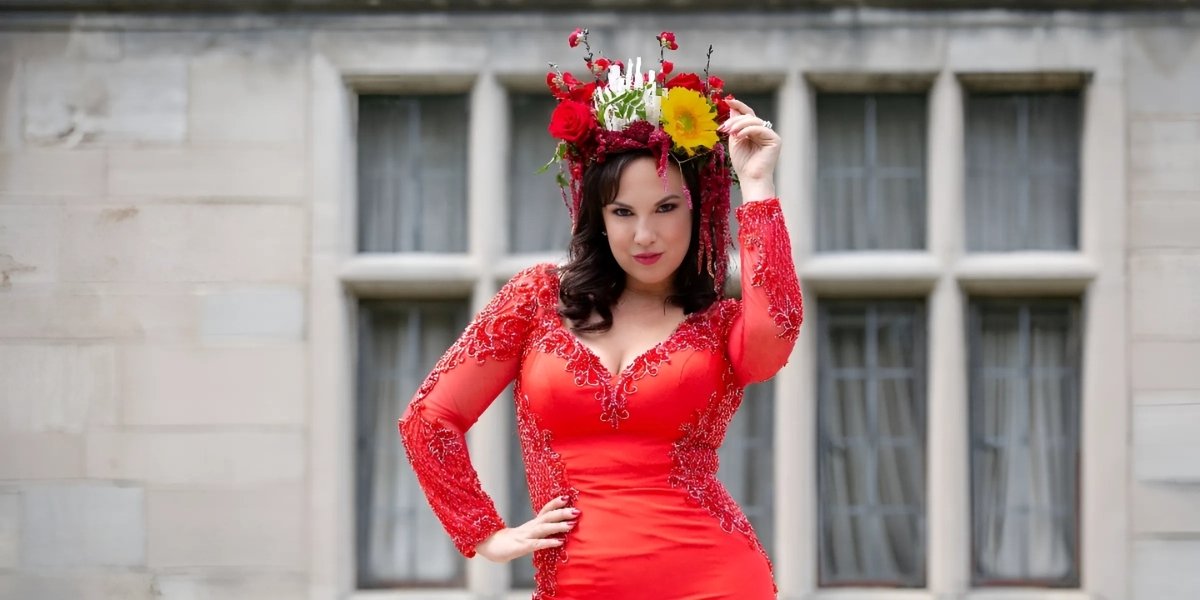Photography and rendering aim to represent reality or concepts visually, in a way that other mediums cannot. Composition, lighting, and perspective are integral in both disciplines because, without them, visual storytelling is ineffective. Good composition shows the viewer where exactly to focus on. Good lighting illuminates the fine details. Good perspective shows the viewer how they are in relation to the subject.
Photography and rendering have a shared goal of evoking emotions and telling a story through visual imagery. Each has advantages and disadvantages. In this article, we will explore the advantages of rending, specifically in relation to photography.
The Unique Advantages of Rendering:
Rendering allows architects and designers to visualize their creations before construction. Plans for construction change multiple times before they are finalized, for good reason. The original drawings may be great but they might not be appropriate for the space it will actually be constructed in or they may have a less-than-optimal space. These issues may not be seen on paper, though. That’s where rendering comes in.
The flexibility and control offered by rendering in terms of design iterations and experimentation is unparalleled currently. Rendering allows for deeper interaction with a construction without it actually being physically built yet, which prevents such problems from cropping up too late.
It has the ability to showcase materials, textures, and lighting conditions that are difficult to capture in traditional photography, which is what has been used previously when rendering was not an option.
Considering Context and Purpose
Beyond mere representation, visualizations take products and architectural builds out of thin air and make them something concrete. This draws in potential investors and future buyers because they will not simply give their hard-earned money without the promise of something in return.
Then, the importance of understanding the target audience and tailoring the rendering accordingly cannot be underscored enough. Renders can convey the intended atmosphere, mood, and functionality of the design.
When done appropriately, the right audience will be drawn in and want to learn more.
Moving Beyond Photorealism – Visualization as Illustration, an Art Form:
Renders shouldn’t always strive for strict photorealism; instead it should focus on effective storytelling and communication. This is more successful than trying to force renders into strict boxes without any flexibility.
There’s so many creative possibilities of stylized renders, just as with all art styles. It depends heavily on the artist, the message they want to convery, and the intended audience. The art style can evoke specific emotions or convey a unique vision.
You should experiment with different rendering styles and techniques to create impactful visuals, it’s a journey to find what style works best for you but it should also be exciting. When you create a unique rendering style, it’s like creating a signature, the audience will recognize it.
Leveraging Post-Processing Techniques:
There’s a lot of potential for post-processing in enhancing renders, just like photographers use editing tools. Say that your render did not turn out the exact way you wanted it to. Then you can use post-processing techniques to alter it.
Some of the things that can be adjusted in post-processing are color grading, depth of field, and more. However, there are other adjustments that can add depth, atmosphere, and visual interest to the renders. This post-work is essential to create the best render possible.
Collaboration Between Architects, Photographers, and Render Artists:
As in any industry, the importance of collaboration is paramount. The possibilities that can happen when these professionals come together to create compelling visual narratives are endless. This aspect is important for achieving marketing goals because each person has a strong point and a weak point. Through coming together they can create a team where weaknesses are appropriately covered and strong professional relationships are formed.
Conclusion
Photography and rendering are like siblings, they look similar but have distinct differences. While photography is still important, rendering is the way of the future. Photography is limited to things that currently exist, you can’t take a photograph of something that has not been created yet. Rendering has gotten around that issue, you can render anything, even something that could not be physically created yet. They both use visual imagery but rendering is more interactive and has greater potential for growth. Creating compelling visual storytelling is not easy but it is worth it. Let rendering be the way you do it.
Author’s Bio:
Jonn Kutyla is the founder of PiXate Creative, a leading 3D architectural visualization company. With a passion for technology and a keen eye for design, Jonn has revolutionized the architecture industry by seamlessly integrating 3D technology into the creative process. Committed to sustainable design and efficient communication, Jonn continues to shape the future of architectural visualization, leaving a lasting impact on the industry and inspiring others with his forward-thinking approach.
Published By: Aize Perez









